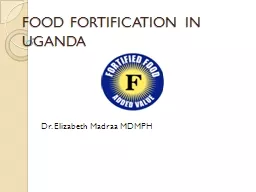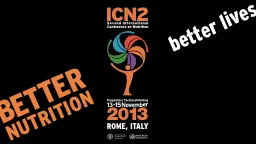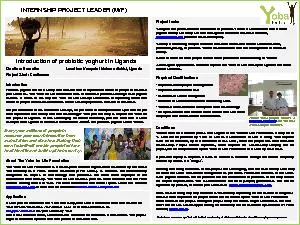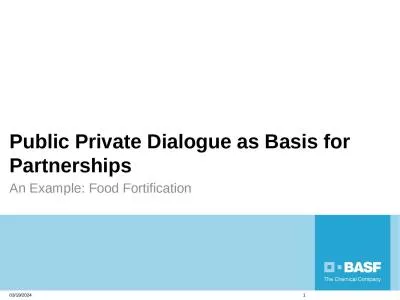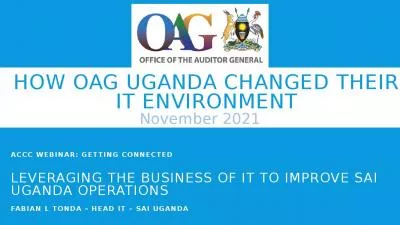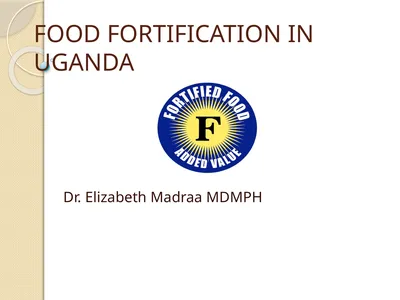PPT-FOOD FORTIFICATION IN UGANDA
Author : conchita-marotz | Published Date : 2016-04-22
Dr Elizabeth Madraa MDMPH Back ground to Food Fortification in U ganda Uganda has participated in global resolutions to address the problems of hidden hunger micronutrient
Presentation Embed Code
Download Presentation
Download Presentation The PPT/PDF document "FOOD FORTIFICATION IN UGANDA" is the property of its rightful owner. Permission is granted to download and print the materials on this website for personal, non-commercial use only, and to display it on your personal computer provided you do not modify the materials and that you retain all copyright notices contained in the materials. By downloading content from our website, you accept the terms of this agreement.
FOOD FORTIFICATION IN UGANDA: Transcript
Download Rules Of Document
"FOOD FORTIFICATION IN UGANDA"The content belongs to its owner. You may download and print it for personal use, without modification, and keep all copyright notices. By downloading, you agree to these terms.
Related Documents

